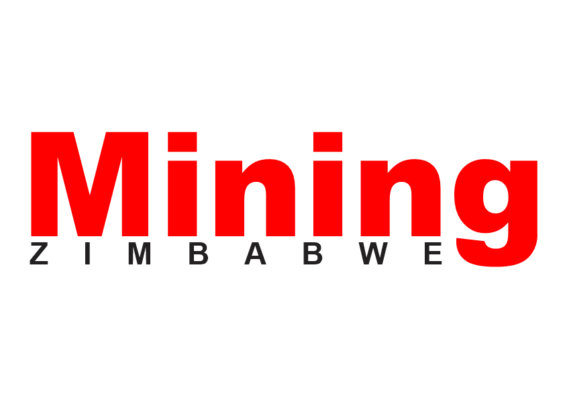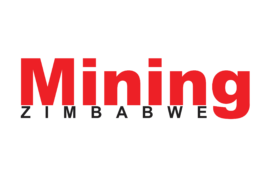Through its subsidiary Zim Alloys, Kuvimba Mining House (KMH) is reviving its chrome concentrator and washplants across Zimbabwe to boost the country’s chrome production.
KMH Group CEO Trevor Barnard highlighted the group’s strategic move to capitalise on the current chrome boom.
According to Barnard, with Zim Alloys’ strategic resuscitation efforts, Zimbabwe is poised to strengthen its position in the global chrome market, ensuring greater economic benefits and a more robust chrome industry.
“We’re busy resuscitating more of the chrome concentrator plants and washplants we have around Zimbabwe. This is definitely part of our strategy. As we progress, we’ll announce the resuscitation of each plant. This is our current strategy moving forward,” Barnard said.
Zim Alloys, holding the largest chrome reserve and being the biggest producer of chrome concentrate in Zimbabwe, is set to enhance the country’s production capabilities significantly.
Globally, only six countries have the capacity to produce more than one million tonnes of chrome ore annually namely South Africa, Turkey, Kazakhstan, India, Finland, and Zimbabwe. In 2022, these countries produced 18 million tonnes, 6.9 million tonnes, 6.5 million tonnes, 4.2 million tonnes, 2.2 million tonnes, and 1.5 million tonnes respectively.
South Africa dominates the market with 72% of the world’s commercially accessible chrome reserves and produces almost half of the global output annually. Zimbabwe, despite having 12% of the world’s chrome ore reserves, currently contributes less than 4% of the global output due to sector challenges.
Countries with fewer reserves, such as Turkey, Kazakhstan, India, and Finland, are outpacing Zimbabwe’s production. Turkey, for instance, produces more despite having smaller reserves.
Zimbabwe faces several issues in the chrome value chain. Local miners, particularly small-scale miners, sell their high-grade chrome for much less compared to South African miners. In January 2023, South African chrome ore was priced at around US$281 per tonne, while Zimbabwean miners received just US$70 per tonne. This disparity persists despite Zimbabwean chrome being comparable to higher-priced Turkish chrome, which sold for around US$350-US$360 per tonne in the same period.
Over 90% of the world’s chrome output is used to make ferrochrome, an alloy of chrome and iron ore, produced through high-temperature smelting. Ferrochrome, containing 50%-70% chrome by weight, is a crucial component in manufacturing stainless steel.
.png)




